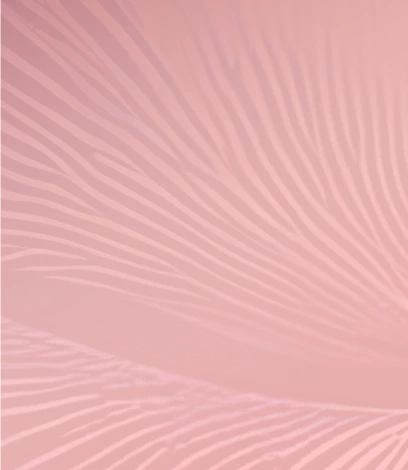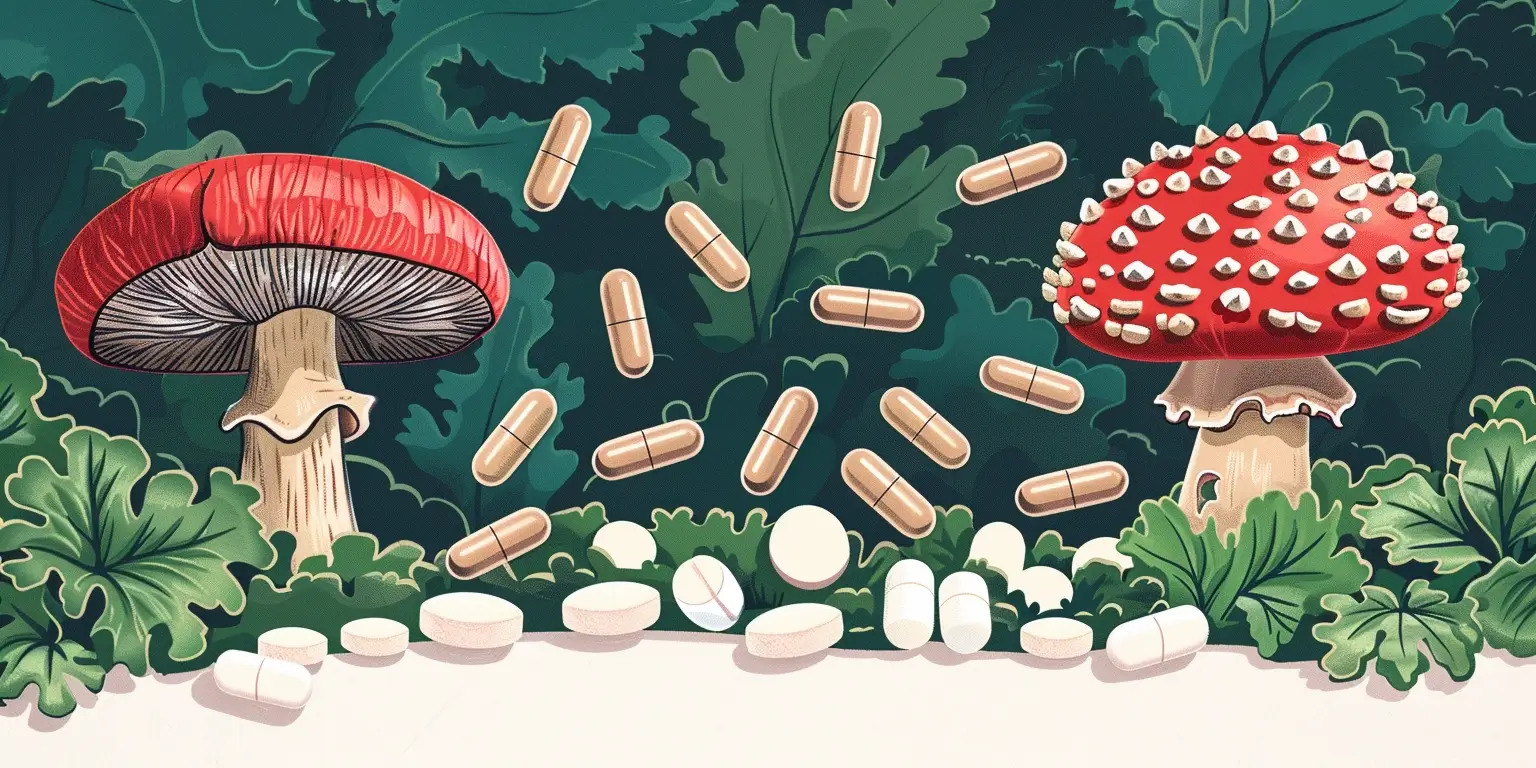With a crash and a swirl of tumultuous waters, professional surfer Koa Smith’s life was changed forever. As detailed in the film Resurfacing, Smith, a lifelong surfer, was carried by a rogue wave into a reef, resulting in a severe concussion and several cuts and contusions on his back and head.(1)
The accident, which occurred in 2018 on the Indonesian island of Nias, nearly ended his career. Smith, who often woke up before dawn to surf all day and then partied all night, was determined to keep pushing his limits. When he saw a big swell heading towards the Indonesian isle, he quickly hopped on a plane from Hawai’i. After driving through the dense jungle, he reached Nias, a remote village with waves reminiscent of the ones he grew up surfing.(1)
According to Smith’s testimony in the film, a few tries into his first session, a set of waves far more powerful than the rest came thundering toward the beach. He decided to go for it anyway. He lost control, jumped off his board, and flipped through the air. His head struck the reef, and from there, it was darkness.(1)

Thankfully, Smith somehow made it back to shore, where he was found by a local who helped him get medical aid. However, that wasn’t the end of his story. Smith was struck by some of the worst symptoms of traumatic brain injury (TBI), which is typically associated with combat veterans, but which can affect anyone who has suffered a severe head injury. Some of his symptoms included anxiety, depression, light and sound sensitivity, migraines, overstimulation, and a loss of coordination.(1)
Keep Up with Uncensored Psychedelic Trends
Join our newsletter at Psychedelics Uncensored.
We respect and protect your privacy. By subscribing your info will be subject to our privacy policy . Unsubscribe easily at any time
“I start feeling this depression that’s just [got me thinking] like, ‘I could just end my life.’ [Followed by] ‘No, I don’t want to do that, that’s a dumb thought, but I could do it,’” says Smith during the film.(1)
These symptoms led Smith to make some dramatic life changes. He ceased using cannabis, nicotine, and alcohol and adopted healthier habits. Some of these included meditation and breathwork. However, he attributes his recovery to one thing above the rest, psilocybin (the prodrug found in psilocybe mushrooms) which is converted into the active drug psilocin in the gut.(1)

Smith describes his mushroom trip with his brother. According to him, the pair hiked to a remote and beautiful spot on the island of Kauai, where they split some shrooms (the amount is not described in the film). Smith attributes this experience to his healing. Within a short time, he says he felt like he had found his “true north” again. At this point, he began to turn his life around and finally got back to the sport he loved—riding the waves that brought him joy.(1)
The Science of Psilocybin
As mentioned above, Smith’s injuries were substantial and caused him significant impairment, with his depression being one of the most crippling. This begs several questions: how does psilocybin work? Can magic mushrooms treat depression, and if they can, what sort of efficacy are we talking about?
Keep Up with Psychedelic Trends
Get uncensored psychedelic news, events, and updates. Join Psychedelics Uncensored!
We respect and protect your privacy. By subscribing your info will be subject to our privacy policy . Unsubscribe easily at any time

A 2023 systematic review of eight separate psilocybin clinical trials or studies has shown that psilocybin may offer a promising treatment for depressive disorders. Eight clinical studies have been reviewed to assess psilocybin’s efficacy in treating various forms of depression, including cases related to cancer and treatment-resistant depression. The findings reveal symptom reductions, suggesting psilocybin’s potential as a powerful therapeutic tool.(2)
Key Data Points:(2)
The eight studies analyzed included five randomized controlled trials and three open-label trials. Three were double-blind (meaning neither administrators nor participants knew which group received the placebo or the active drug), and two were crossover studies. The sample sizes ranged from 12 to 59 participants aged between 39 and 56. Most studies had more male participants, except for two studies with more female participants and one with an equal number of males and females.(2)
Key Efficacy Rates from the Systemic Review:(2)
As you can see, the review found that psilocybin therapy has demonstrated substantial promise in treating various forms of depression, with rapid and long-lasting symptom relief. In some cases, these results lasted for several months after the studies’ conclusion.(2)
Of course, none of this is exactly fresh news. Indigenous cultures worldwide have long utilized psychoactive plants and fungi (including psilocybin) for healing and ceremonies, but in the United States, scientific exploration of these medicines has faced significant barriers. Only in recent years have authorities begun reconsidering this stance, opening doors for the potential rescheduling of these compounds.(3)
In the mid-2000s, a group of researchers, including those from Johns Hopkins University, began rigorously studying psilocybin, the active compound in psychedelic mushrooms. Their groundbreaking work has paved the way for a resurgence in psychedelic research. Today, Oregon, Colorado, and several cities in California and across the nation have decriminalized psychedelics. At the same time, more and more researchers are investigating their potential to treat various medical conditions, from depression to alcoholism. However, experts understandably caution against viewing these drugs as universal remedies, emphasizing the need for medical and spiritual guidance.(4)
Many users anecdotally report profound mystical experiences with psychedelics akin to those described by Smith, where they gain deep insights into themselves and their place in the world. As research on psilocybin and other psychedelics progresses, the medical community is gaining a deeper understanding of their therapeutic potential. While still in the early stages, the field holds promise for addressing a range of mental health conditions. With a little more time and a lot more research, we’ll likely see psilocybin and other psychedelics move from the fringe of what society deems acceptable and well into the mainstream. For now, we can only hope that more people like Koa Smith share their stories, showing how much potential these once-mystical substances have for healing.(5)
Sources

1. MUDWTR. (2022, March 16). Resurfacing: Koa Smith. YouTube. https://www.youtube.com/watch?v=zKPF7r-pMsI&t=609s
2. Dawood Hristova, J. J., & Pérez-Jover, V. (2023). Psychotherapy with Psilocybin for Depression: Systematic Review. Behavioral Sciences, 13(4), 297. https://doi.org/10.3390/bs13040297
3. Spiers, Nicholas & Labate, Beatriz & Ermakova, Anna & Farrell, Patrick & Romero, Osiris & Gabriell, Ibrahim & Olvera, Nidia. (2024). Corrigendum to: Indigenous psilocybin mushroom practices: An annotated bibliography. Journal of Psychedelic Studies. 8. 10.1556/2054.2024.10000.
4. Tupper, K. W., Wood, E., Yensen, R., & Johnson, M. W. (2015). Psychedelic medicine: a re-emerging therapeutic paradigm. Canadian Medical Association Journal, 187(14), 1054–1059. https://doi.org/10.1503/cmaj.141124
5. Mushrooms (also Magic Mushrooms; Psilocybin-containing Fungi): Erowid Exp: Main Index. (n.d.). Erowid.org. Retrieved June 20, 2024, from https://erowid.org/experiences/subs/exp_Mushrooms.shtml
This material is not intended as a replacement or substitute for any legal or medical advice. Always consult a medical professional about your health needs. Psychedelics are widely illegal in the United States, and readers should always be informed about local, state, and federal regulations regarding psychedelics or other drugs.

 David Connell
David Connell





